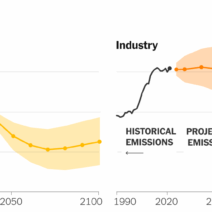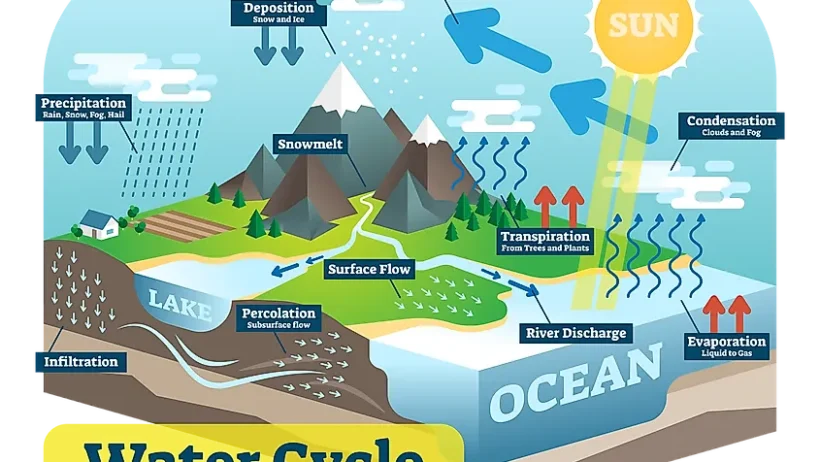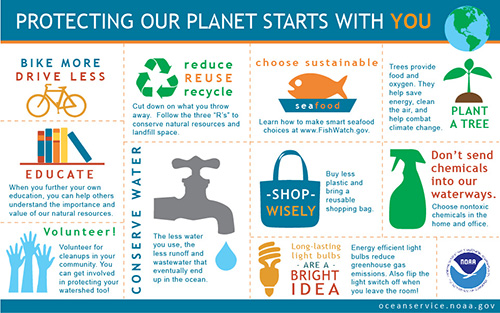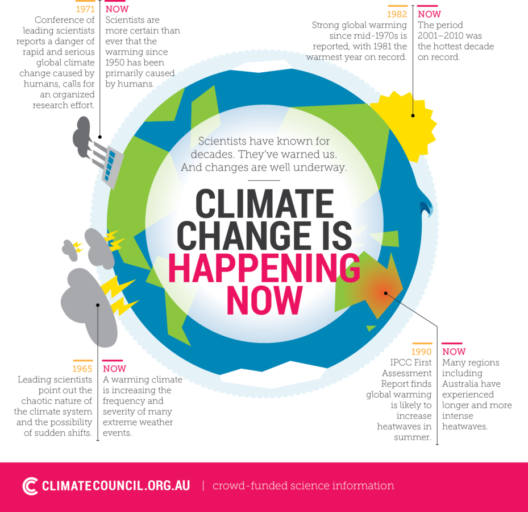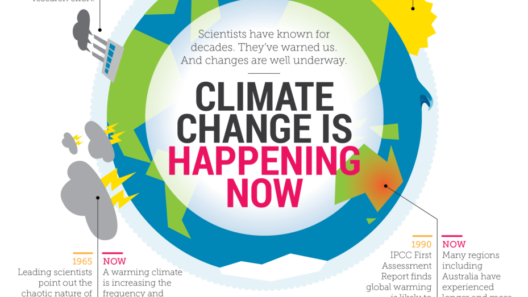Water, the elixir of life, is undergoing a profound metamorphosis in our warming world. The hydrologic cycle, a delicate ballet orchestrated by nature, is increasingly disrupted by climate change. This intricate dance entails the continuous movement of water through the atmosphere, land, and bodies of water, each phase intricately linked to the other—evaporation, condensation, precipitation, and infiltration. As the Earth’s temperature rises, this cycle—once a harmonious interplay—is facing unparalleled strains that threaten to unravel the very fabric of ecosystems, communities, and human existence.
To comprehend the implications of climate change on the hydrologic cycle, one must first appreciate the significance of water in our lives. Water nourishes agricultural fields, replenishes ecosystems, and offers sustenance to all forms of life. However, the increasing concentration of greenhouse gases in the atmosphere is creating an upheaval in this cycle. Picture the hydrologic cycle as a giant cosmic wheel, constantly spinning. When climate change accelerates its rotation, the wheel begins to wobble, instigating severe alterations in precipitation patterns and water availability.
One of the most palpable consequences of climate change is the augmentation of evaporation. Higher temperatures catalyze this process, allowing water to ascend into the atmosphere more rapidly. This immediate impact manifests not just in arid regions but in places once deemed water-rich. Consequently, a paradox arises: as global temperatures spiral upward, areas are both drying out and experiencing torrential downpours. The tension in the atmosphere becomes palpable, creating a volatile environment where droughts and floods become two sides of the same coin.
Droughts, often silent but devastating, are becoming increasingly common. These prolonged dry spells lead to dwindling water supplies, detrimental to agriculture and drinking water. The soil, yearning for moisture, cracks open like aging parchment, revealing its parched underbelly. Crops wither, economies falter, and communities face an existential threat. The environmental ramifications ripple outward, as wildlife, too, grapples with altered habitats and dwindling resources. Flora and fauna reliant on specific moisture levels find themselves dancing precariously on the edge of extinction.
Conversely, the other end of the spectrum reveals the phenomenon of intense precipitation. The warmer atmosphere engenders a greater retention of moisture, culminating in extreme weather events. Floods sweep through towns and cities, indiscriminately immersing homes and livelihoods. Urban infrastructures, often ill-equipped to handle such deluges, crumble under the pressure of water flow exceeding their designed capacity. In this chaotic intersection of water and land, the repercussions are both immediate and long-lasting, fueling a vicious cycle of devastation and recovery.
Weather patterns are not the only facet of the hydrologic cycle subject to the ravages of climate change; the quality of water is compromised as well. As rainfall becomes more concentrated and sporadic, pollutants are washed away with fiercer intensity, leading to contamination of water bodies. Agricultural runoff, laden with fertilizers and pesticides, joins stormwater in a toxic embrace, further deteriorating the sanctity of precious water sources. This degradation endangers not only human health but also aquatic life, which struggles to adapt to changing conditions.
Glaciers, the ancient sentinels of the world’s freshwater supply, are also bearing the brunt of climate change. As they retreat at an alarming rate, the reservoirs that feed rivers and lakes may dwindle, creating a future characterized by uncertainty for millions who depend on glacial meltwater. The audacity of time has brought about a reality where once-thriving rivers might see their flow shrink to a mere trickle. The melting of glaciers, in a cruel twist of fate, can exacerbate flooding initially, only to lead to long-term scarcity challenges.
Moreover, rising sea levels due to the thermal expansion of water and melting ice caps threaten the salinization of freshwater aquifers and estuaries. Coastal areas, intricately intertwined with both marine and freshwater resources, face the dual threat of inundation and contamination. As saltwater encroaches inland, aquifers that previously provided clean drinking water fall victim to degradation. The encroaching tide evokes an unsettling reality where many communities must confront their relationship with the very waters that sustained them.
The narrative of water in peril extends beyond mere observation—it compels a call to action. Policymakers, advocates, and citizens alike must galvanize their efforts to conserve and protect this invaluable resource. Implementing sustainable water management practices, adopting rainwater harvesting systems, and rehabilitating natural water systems are just a few strategies that can mitigate the impact of climate change. Engaging in discussions regarding water rights, conservation, and equitable distribution is crucial, especially as populations grow and resource competition intensifies.
The path ahead is fraught with challenges; however, it is not devoid of hope. Awareness and education can fuel transformative change. By fostering a culture of stewardship towards water, individuals and communities can create resilient systems capable of withstanding the tumultuous effects of climate change. The hydrologic cycle, while threatened, can also serve as a potent reminder of our interconnectedness with nature and the urgency to enact change.
In conclusion, as we traverse this era marked by climatic transformation, the hydrologic cycle stands as both a harbinger of peril and a beacon of potential. The plight of water encapsulates the broader narrative of our environment—a cry that reverberates through ecosystems and societies, urging humanity to recognize its role as a guardian of this vital resource. Without decisive action, the delicate equilibrium of the water cycle may slip further into chaos, leaving an indelible mark on both the planet and future generations.

